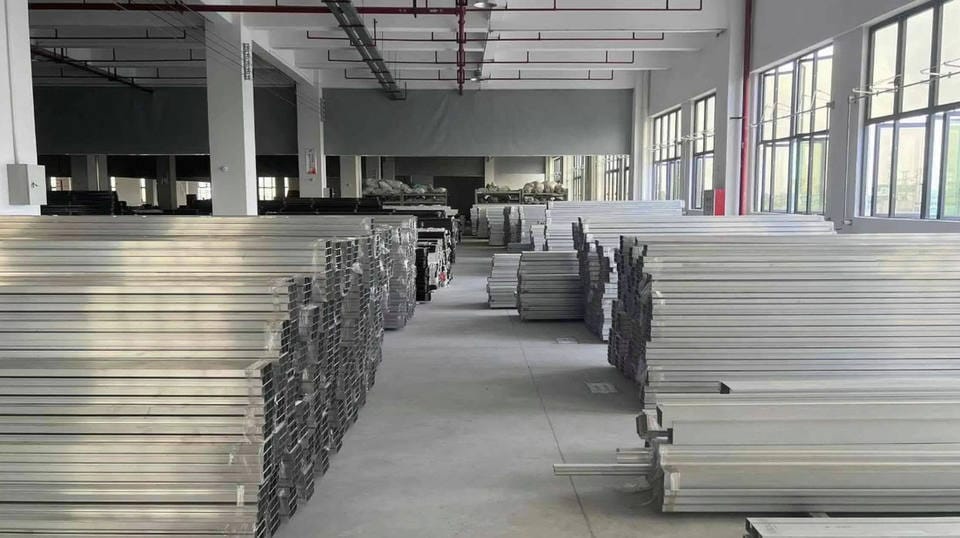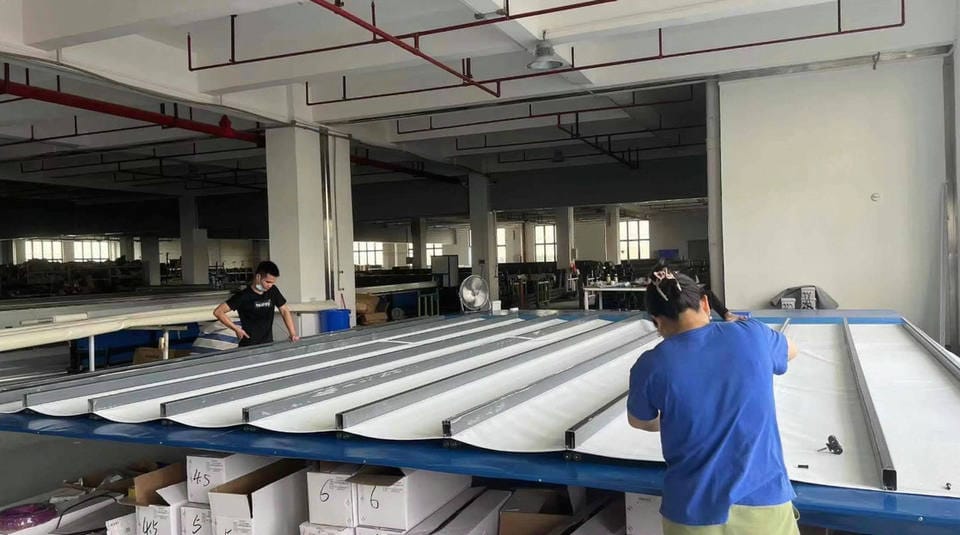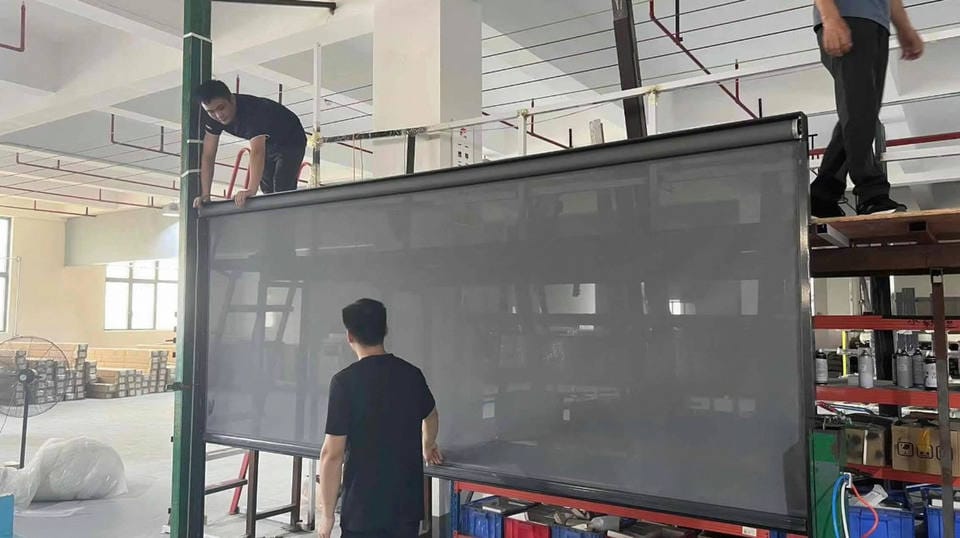Planning a remodel or replacing a worn pivot shower door? This guide goes beyond basics: you’ll learn how to identify your door type, prep the workspace, remove glass safely, deal with hidden set-screws and stubborn silicone, and cleanly restore the opening for the next install.
0) Identify Your Door Type First (This changes the steps)
Pivot doors come in a few common configurations:
- Frameless Pivot (patch hardware)
- Glass door with a small top and bottom pivot clamp (aka “patch fitting”).
- Often two-way swing; minimal metal.
- Semi-Frameless With Header
- A metal header bar runs across the top; the door pivots from a top bracket and bottom shoe on the threshold.
- Side jambs may be U-channels.
- Fully Framed Pivot
- Door sits within a full metal frame with a defined hinge/pivot stile and strike/magnet stile.
Peek for tiny set-screws (usually hex/Allen) on the top/bottom pivot. Also check if there’s a header bar and whether the side rails are clamped (U-channel) or fully framed.
1) Safety & Workspace Prep (Don’t skip)
- Gloves + safety glasses (tempered glass can still explode if an edge chips).
- Painter’s tape on both sides of the door in a big H or X pattern to contain shards.
- Pad the floor with towels/blankets at the work area; protect the curb.
- Have a helper: even modest 3/8″ glass is heavy (≈ 5 lb/ft²; a 24″×72″ door can weigh ~60–70 lb).
- Clear the swing path: remove rugs, hampers, and anything the door could hit.
Pro tip: Prepare a safe parking spot for the glass: two foam blocks or folded towels against a wall. Lean glass at a slight angle and never set it directly on tile without padding.
2) Tools You’ll Actually Use
- Phillips and flat screwdrivers
- Allen key set (metric + SAE; many pivots use 2–4 mm or 3/32–1/8″)
- Small adjustable wrench
- Utility knife/razor scraper (fresh blades)
- Plastic putty knife (to protect tile/acrylic)
- Oscillating multi-tool with scraper blade (optional but fantastic for silicone)
- Mineral spirits or dedicated silicone remover (stone-safe), plus rags
- Penetrating oil (for seized screws)
- Blue tape, marker, zip bags (label hardware)
3) Pre-Removal Inspection (2 minutes that save 20 later)
- Top pivot: Look for a cap or set-screw on the side/underside.
- Bottom pivot: Is it a shoe screwed into the curb, or a patch fitting clamped to glass?
- Header bar: If present, find the end caps and the screws into side jambs.
- Seals/sweeps: Note how the bottom sweep attaches (press-on vs. screw-on rail).
- Caulk lines: Score mentally where you’ll cut (inside and outside).
Take a quick photo of each side; it’s a lifesaver if you reuse anything.
4) Core Removal Steps (choose your path)
A) Frameless Pivot (Patch Hardware)
- Tape & position: Door at ~30–45° open for balanced weight; helper ready.
- Loosen the top pivot: Back out the tiny set-screw that locks the pivot pin (¼–½ turn may be enough). Some caps lift off after loosening.
- Relieve the bottom: Loosen the clamp’s screws or the shoe’s set-screw.
- Lift off: With one hand high on the hinge edge and your helper steadying the pull edge, lift up to clear the bottom pin, then angle the top free. Move the door to your padded station.
- Remove brackets: Unscrew top and bottom brackets/patches if you’re taking everything out. Bag/label hardware.
B) Semi-Frameless With Header
- Remove strike & seals: Pop off the magnet strike trim if it interferes.
- Top pivot: Loosen the set-screw underneath the header bracket.
- Bottom pivot: Loosen or remove the curb shoe screws.
- Lift the door: Same as above—up to free bottom pin, angle out from the header.
- Disassemble frame (if removing all): End caps off the header, then header screws at the side jambs; side U-channels unscrewed after scoring silicone.
C) Fully Framed Pivot
- Open slightly: Relieves stress on the pivot stile.
- Find hinge/pivot fasteners: Typically visible on the top/bottom of the door stile; remove or loosen.
- Lift & tilt: Many framed doors lift off once the pivot pins are backed out. Keep it controlled; framed panels can be lighter but more awkward.
- Frame removal: Score silicone on both sides, remove screws from side jambs and header, then ease frames off the walls.
5) Silicone & Adhesive: Clean Removal Without Tile Damage
- Score both sides of every caulk line first (long, shallow passes).
- Use a plastic putty knife to start a lift; add a few drops of mineral spirits or a silicone remover to soften residue.
- For long beads, an oscillating tool with a scraper blade saves time—keep the blade flat to avoid gouging grout.
- On natural stone (marble/limestone), avoid harsh solvents and acidic cleaners; use stone-safe products only.
- Finish with a razor scraper at a low angle; wipe with alcohol after to promote adhesion if you’ll recaulk.
Pro tip: If a U-channel feels glued on, you probably missed a hidden screw under a weep cap or behind a gasket. Look again before prying.
6) Stuck Hardware & Hidden Gotchas (Troubleshooting)
- Invisible set-screw? Run your finger along the bottom of the top bracket and the sides. Some are micro-screws recessed in the underside. A phone flashlight helps.
- Seized screws in wet areas: Add a drop of penetrating oil; wait 5–10 minutes. Keep torque gentle—snapping a stainless screw in tile is worse than waiting.
- Header won’t budge: There’s often one last screw through an end cap into the jamb. Remove caps; you’ll see it.
- Bottom shoe glued to curb: Score more silicone; insert a plastic wedge. Don’t pry with metal on stone.
- Door won’t lift off: The bottom pin may be captive in an eccentric bushing. Lift slightly, then slide the door toward the pivot side by a few millimeters to disengage, then lift again.
7) After the Door Is Off: Frame & Channel Removal (If Needed)
- Remove all exposed screws from side jambs/U-channels.
- Score silicone (both sides), then peel the channels off slowly.
- Scrape residual silicone flat.
- Inspect the curb: look for cracks, loose tiles, or a reverse slope (a common reason for leaks). Ideal slope is about ¼” per foot toward the drain.
8) Site Restoration & Prep for What’s Next
- Fill screw holes in tile with color-matched epoxy or leave them if the next enclosure reuses the spots.
- De-mineralize the opening: use a non-acidic cleaner for glass haze on stone.
- Surface readiness: If you’re going curbless or swapping styles, ensure surfaces are clean, dry, and square; note any out-of-plumb walls for the new door spec.
9) Time & Difficulty (What to expect)
- Door panel only: ~20–40 minutes with a helper.
- Door + frame: ~45–90 minutes depending on silicone and hidden fasteners.
- Tricky cases (heavy ½” glass, stone curb with aggressive silicone): allow extra time.
10) When to Call a Pro
- Oversized/heavy panels (½” glass; 28″+ wide; 76″+ tall).
- Fragile finishes (soft marble thresholds) or acrylic surrounds that can crack if pried.
- You see movement in the curb or loose tiles—fix substrate issues before reinstalling any door.
Quick Do / Don’t Recap
Do
- Tape the glass; pad the floor; use a helper.
- Loosen top set-screw first, then free the bottom.
- Score silicone on both sides before pulling anything.
- Label and bag hardware.
Don’t
- Pry metal against stone/tile—use plastic wedges.
- Twist the glass from the free edge; lift vertically to clear pins.
- Use harsh solvents on natural stone.
- Rush; most mishaps happen in the last 5 minutes.
FAQs
How heavy is my door?
As a rough guide: 3/8″ glass ≈ 5 lb/ft², 1/2″ ≈ 6.5 lb/ft². A common 24″×72″ 3/8″ door is ~60–70 lb. Plan for two people.
My bottom pivot shoe looks fused to the curb—now what?
Score both caulk lines multiple times, apply silicone remover, wait, and work a plastic scraper under the shoe from both sides. Re-score and repeat. Avoid prying upward against stone.
The glass sweep won’t slide off.
Many sweeps are press-on and get calcified. Warm slightly with a hair dryer, then peel from one corner while supporting the edge.
Can I reuse this door elsewhere?
Yes, if edges and holes are undamaged. Store vertically on padded blocks; never flat on the floor.
Final Thoughts
Removing a pivot shower door is totally doable with the right prep and patience. Focus on set-screws, silicone, and safe lifting, and you’ll free the panel cleanly—without chipped tile or broken glass. Once the opening is restored, you’re set for a fresh pivot door, a classic hinged door, or even a sleek slider—whatever fits the new design.
Read More: How to Install a Pivot Shower Door









